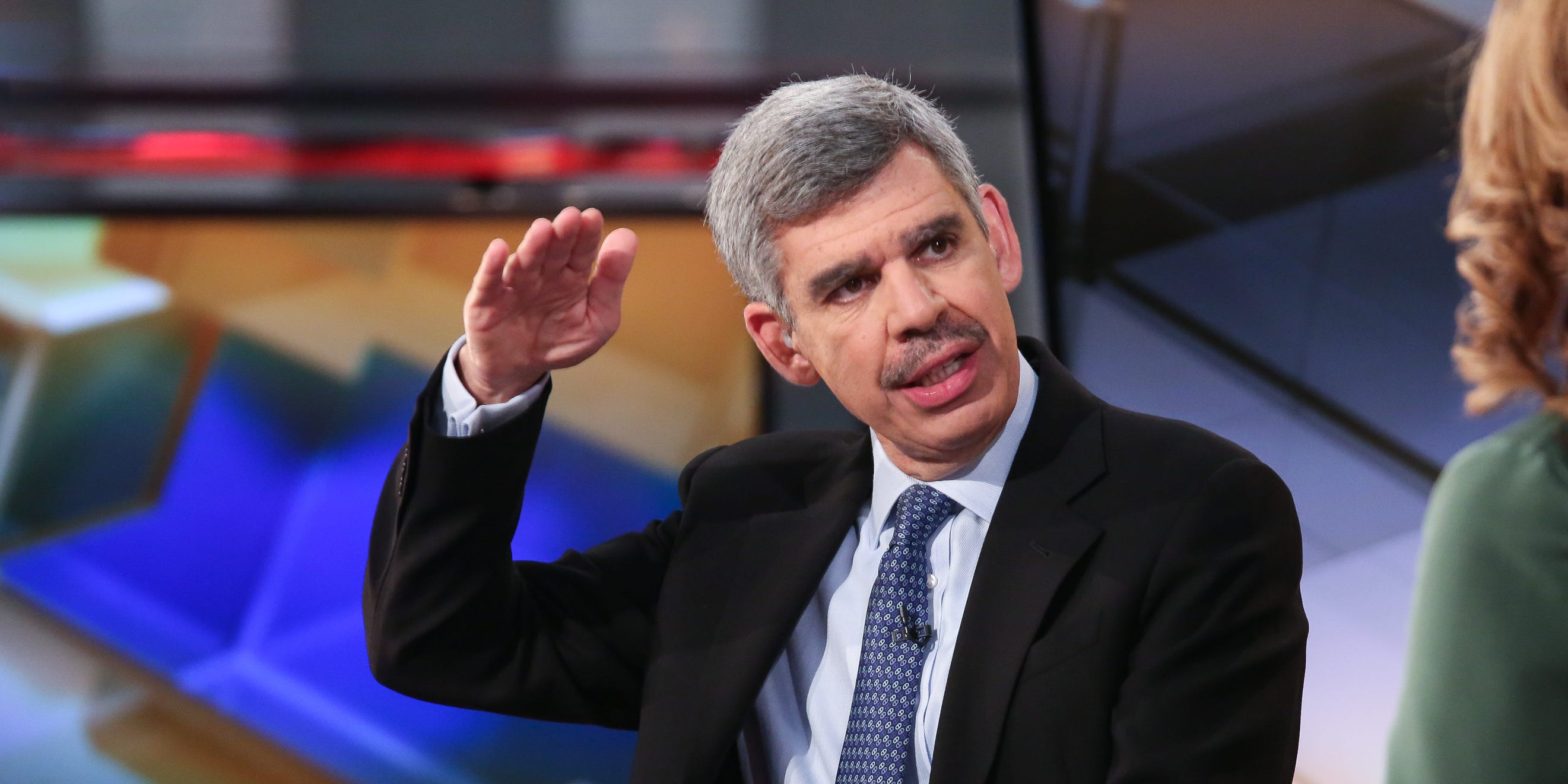The dollar’s rise to 20-year highs poses global financial risks, economist Mohamed El-Erian said. Dollar strength makes imports more expensive for developing countries already dealing with cost crunches from COVID. The DXY index last week marked a 10% rise for 2022. Loading Something is loading.
Famed economist Mohamed El-Erian said Tuesday higher import prices for already stretched developing countries are among the risks to the global economy stemming from the climb in the US dollar to 20-year highs.
El-Erian’s op-ed in the Financial Times centered on dollar strength as the US Dollar Index has risen to levels not seen in two decades, recently rising above 104. The index last week marked a nearly 10% gain for 2022 before slightly paring its gain.
On paper, dollar appreciation should help adjustments in the global economy as it helps boost exports of weaker countries while aiding in inflation in the US by lowering the cost of imports, wrote the chief economic advisor at Allianz.
“But in current conditions, there are hazards in a rapid rise in the dollar for both the wellbeing of an already wobbly global economy and for unsettled financial markets,” he said.
El-Erian said risks are particularly acute for developing countries that are already facing crises over issues ranging from energy to food and debt.
“For most of them, dollar appreciation translates into higher import prices, more costly external debt servicing and greater risk of financial instability. It puts further pressure on countries that [are] already stretched in resources and policy responses by the fight against the ravages of COVID.”
Persistent dollar strength can stoke what El-Erian calls the “little fires everywhere syndrome,” or multiplying country cases of economic and financial instability that can merge into a dangerous mix of damaged global growth, debt defaults, and social, political, and geopolitical instability.
“The spillbacks to the advanced economies are potentially more problematic than any direct effect on them of dollar appreciation,” he said. “In addition to weakening the external growth engines of such economies at a time of growing stagflation at home, a destabilised developing world can add volatility to financial markets that are already dealing with multiple risks.”
The US Dollar index tracks the greenback’s performance against the euro, the Japanese yen, the British pound, the Canadian dollar, the Swedish krona, and the Swiss franc. El-Erian said three factors have drawn the index to multi-year highs: expectations the Federal Reserve will raise interest rates more aggressively than other central banks in advanced economies; outperformance by the US economy that attracts capital; and the relative haven appeal of US financial markets.
He said the way to reduce the risks associated with the dollar rising too rapidly is for the rest of the world to progress faster with structural reforms that in part improve returns on capital and increase economic resilience.
Deal icon An icon in the shape of a lightning bolt. Keep reading
More: MI Exclusive US Dollar Foreign Exchange Currencies Chevron icon It indicates an expandable section or menu, or sometimes previous / next navigation options.
